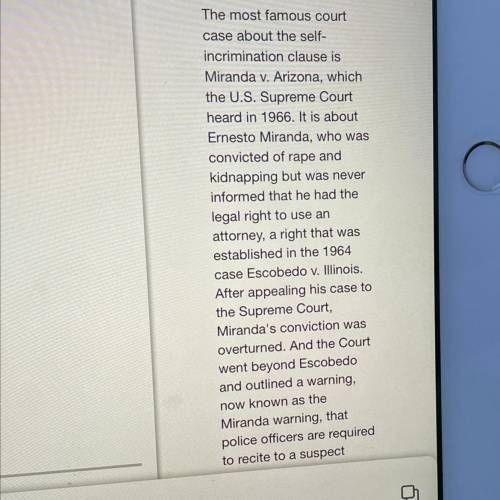Which of the following conclusions can be drawn from the selection???
...

History, 04.10.2021 01:00 tiannagaines2
Which of the following conclusions can be drawn from the selection???


Answers: 1


Other questions on the subject: History

History, 22.06.2019 03:30, itscheesycheedar
Who was the redcoat leader (major john pitcairn, militias, ralph waldo emerson, concord, captain john parker)
Answers: 2

History, 22.06.2019 05:30, 12375819
During the industrial revolution, many governmentsadopted an economic system called capitalism. in thissystem, governments allowed businesses to operate asfreely as possible, capitalism led to economic growth inmany countries and a small number of peoplebecome very wealthy. however the system could be harshfor poor workers, who often worked long hours in unsafeconditions just to make enough money to eat. as a result, some workers turned against capitalism and demandedthat their governments take more control over theireconomies. which statement best describes the passages main idea? a. capitalism was beneficial for some people during the industrialrevolution, but others opposed the system. b. capitalism was mostly a cause of problems during the industrialrevolution, which led to its eventual collapse. c. capitalism became the favored economic system for manycountries during the industrial revolution. d. capitalism was to countries during the industrialrevolution, but became a problem after the revolution ended. edit: correct answer is a
Answers: 2

History, 22.06.2019 09:00, nadiareese
Why was the united states motivated to establish the open door policy? a. the policy guaranteed american commerce with china. b. the policy supported the chinese nationalist cause. c. the policy led to a gain of american colonies in asia. d. the policy claimed damages from the chinese.
Answers: 1

History, 22.06.2019 11:00, major126
20 points “the creation of a mosaic was a complicated procedure that called for careful timing and teamwork. . walls were painted with resin or tar before being covered with the first of three layers of plaster. . a sketch of the projected work was then made on the plaster to serve as a guide for the various artisans. the outermost layer of plaster, in which the pieces, or tesserae, of the mosaic would be set, was spread on only enough area to contain a day’s work. some of the tesserae—small, carefully cut fragments of colored glass, marble, and semiprecious stones—were pressed into the wet plaster so that they projected at a slight angle. the stones thereby better reflected light and imbued the finished mosaic with a shimmering life of its own.” —empires besieged: time frame a. d. 200–600 how many layers of materials were under the tiles? a. two- c. four- b. three- d. five
Answers: 2
You know the right answer?
Questions in other subjects:

Mathematics, 20.04.2021 02:30

Mathematics, 20.04.2021 02:30

History, 20.04.2021 02:30

Arts, 20.04.2021 02:30

Mathematics, 20.04.2021 02:30




Mathematics, 20.04.2021 02:30



